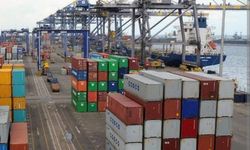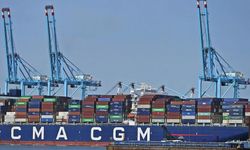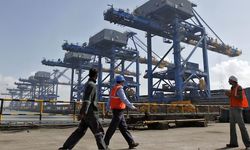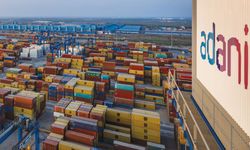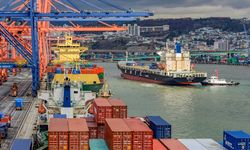Sines in Portugal recorded the most significant increase, with a 25% rise in container traffic. Valencia followed with a 14.2% increase, and Barcelona saw a 23.6% growth.
France’s HAROPA port complex grew by 16%, Bremerhaven in Germany by 12.8%, Gioia Tauro in Italy by 11.9%, and Gdańsk in Poland by 10%, despite ongoing expansion work at the Baltic Hub.
On the other hand, the Port of Piraeus in Greece experienced a nearly 13% drop in transshipment during the first half of 2024. This decline is attributed to increased security risks in the Red Sea, where Houthi attacks have limited transit through the Suez Canal, making navigation in the eastern Mediterranean more difficult.
The Suez Canal remains a critical trade route, with around 20,000 ships passing through it annually. In 2023, revenues from canal tolls reached a record $9.4 billion. However, in the first two months of 2024, trade through the canal decreased by 50% compared to the same period in 2023, leading to significant losses for Mediterranean ports.
While Mediterranean ports have faced challenges, Spanish ports are seeing growth. Disruptions in the Red Sea have rerouted ships, increasing traffic in Spain’s ports and positioning them as important hubs in global trade.
In the first half of 2024, Spain’s largest ports saw notable growth, with Barcelona up 23.6%, Valencia 14.2%, and Algeciras nearly 3%, a marked improvement compared to the declines seen the previous year.
Ports in Italy and France have remained relatively stable, largely due to the diversification of trade routes, which has helped them operate despite global supply chain disruptions.
According to Theo Notteboom, professor at Ghent University and a member of PortEconomics, these trends could lead to changes in the ranking of European ports by the end of 2024 if the current growth patterns continue.

